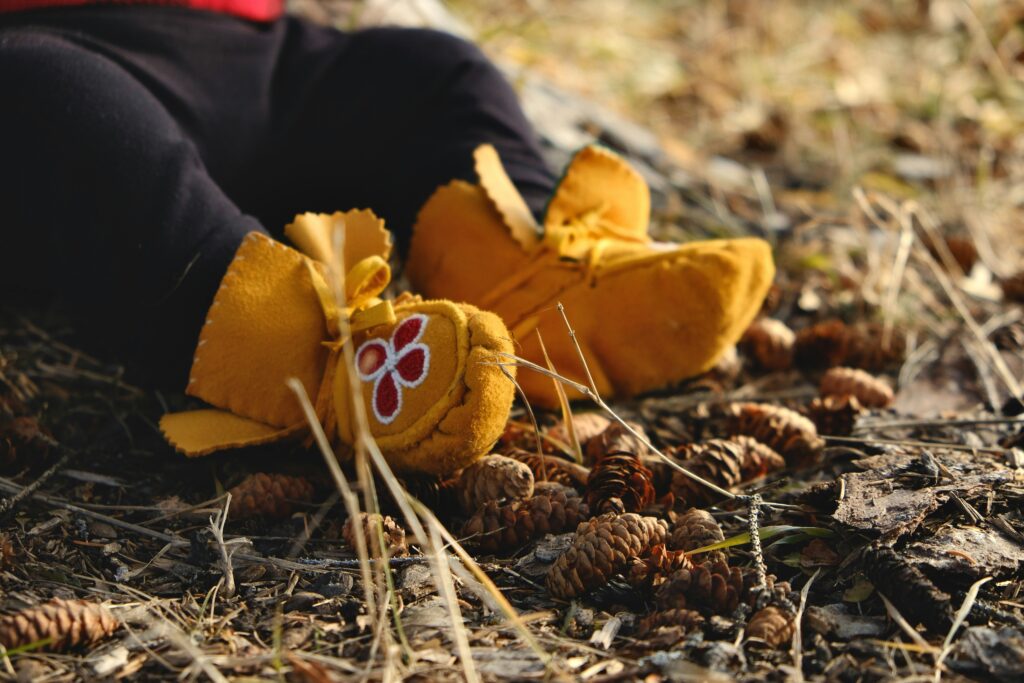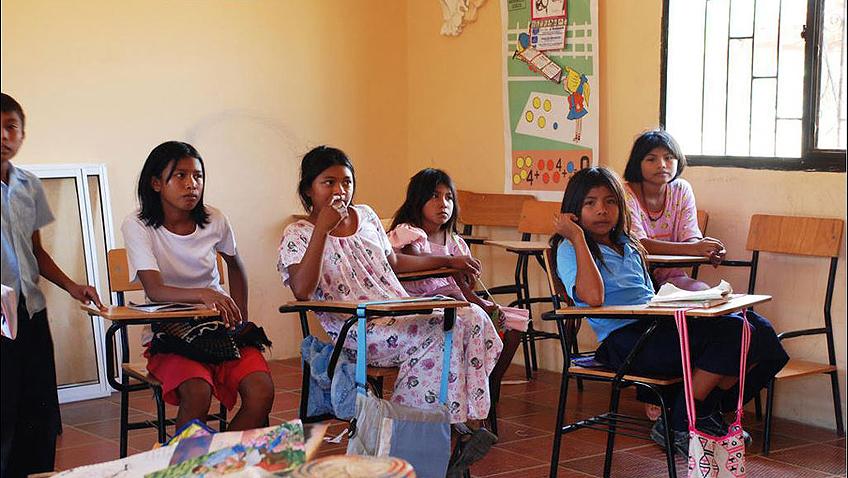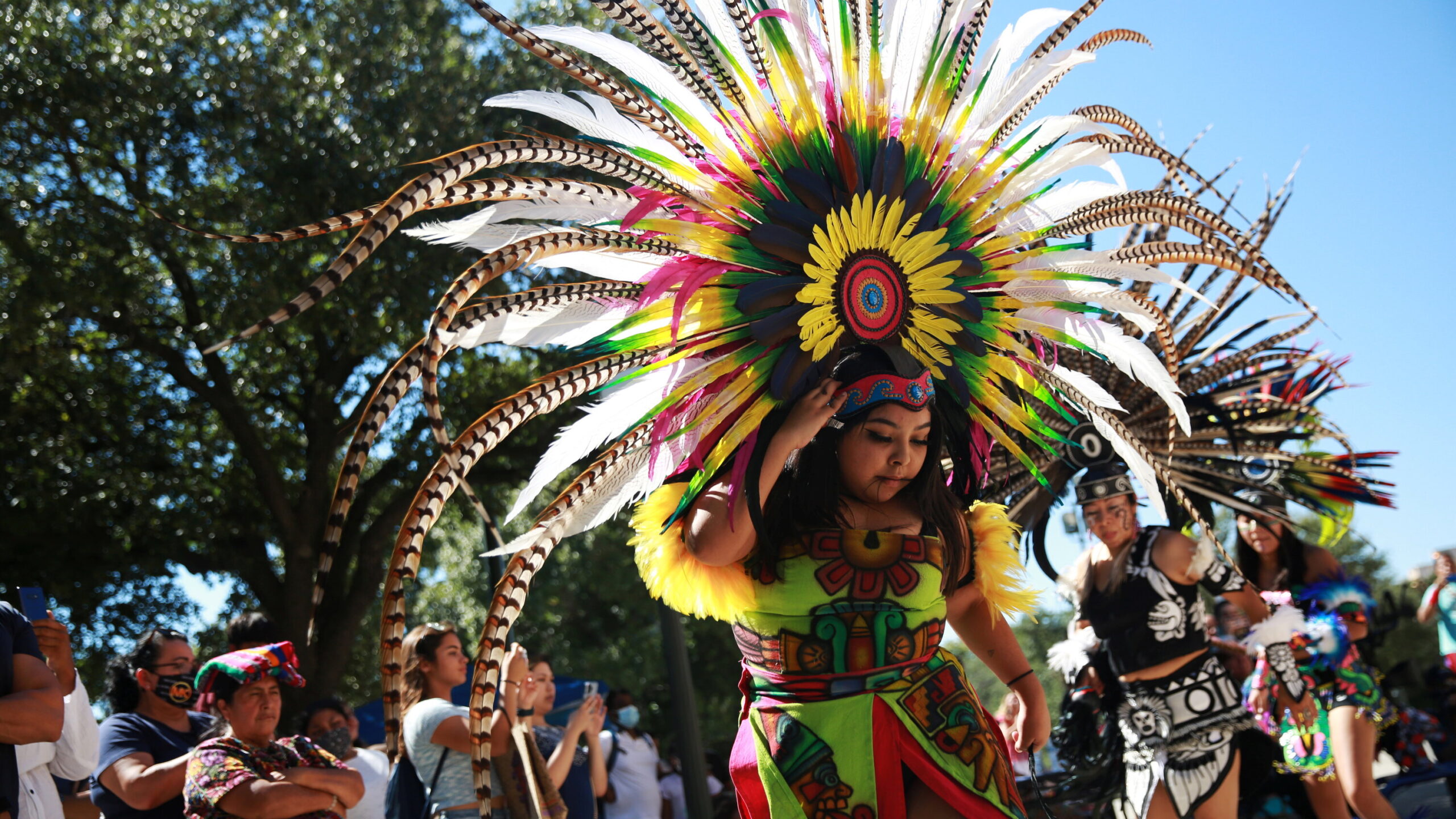
The education system in the United States has long struggled to serve Indigenous communities effectively. For many Native American students, the back-to-school period is fraught with anxiety rather than joy, stemming from historical trauma, cultural alienation, and systemic barriers. This article explores the history, current challenges, and ongoing efforts to improve Indigenous education in the USA, emphasizing the need for culturally responsive teaching and community involvement.
The Legacy of Boarding Schools
The historical roots of educational challenges for Native American students can be traced back to the era of boarding schools (1860s-1960s). These institutions aimed to assimilate Indigenous children by forcibly removing them from their families and prohibiting their languages and cultural practices. The harsh disciplinary methods used, including physical punishment and starvation, left deep psychological scars. This period of enforced assimilation and abuse profoundly affects how Native Americans view mainstream education today.
Continuing Impact
Many former boarding school attendees and their descendants still struggle with mental health issues such as depression and anxiety. The 1969 U.S. Senate Report titled “Indian Education—A National Tragedy, A National Challenge” highlighted the negative impact of these assimilation policies on Native American education. Schools often failed to respect cultural differences, contributing to high absenteeism, dropout rates, and academic underachievement among Native students.
Modern-Day Challenges
Despite the closure of boarding schools, Native American students continue to face significant educational barriers. These include poverty, underfunded schools, and a curriculum that often disregards Indigenous culture and history. According to the Bureau of Indian Affairs, Native American students have the highest dropout rates among all ethnic groups in the United States, with 29% to 36% leaving school between the 7th and 12th grades.
Poverty and Education
Poverty is a critical factor that exacerbates educational challenges for Native American students. Many reservations, such as those of the Lakota, Dakota, and Nakota Sioux tribes, are located in some of the poorest counties in the country. Household incomes on these reservations are often well below the national average, with many families earning less than $5,000 annually. This economic hardship limits educational resources and opportunities for Native students.

Walking in Two Worlds
Native American students often find themselves caught between two worlds: their traditional cultural heritage and the demands of the modern education system. This duality can lead to feelings of isolation and self-doubt, particularly in environments that do not understand or respect their cultural backgrounds.
The Role of Early Childhood Education
The absence of early childhood education programs is another significant barrier. Many Native American children enter kindergarten without the fine motor skills and language development necessary for academic success. This is often due to poverty-related delays in early childhood development and a lack of resources at home.
Efforts to Improve Indigenous Education
Efforts are being made to address these challenges and improve Indigenous education in the USA. Organizations like Native Hope are working to rebuild trust and support Native communities by acknowledging past traumas and promoting culturally responsive education.
Culturally Responsive Teaching
Culturally responsive teaching recognizes the importance of including students’ cultural references in all aspects of learning. This approach can help Native American students feel more connected and engaged in their education. Schools that implement culturally responsive teaching methods have seen improvements in attendance, academic performance, and graduation rates.
Community Involvement
Involving Indigenous communities in the education process is crucial. Native leaders and communities are best equipped to determine what is right for their people. By working closely with tribal organizations, educational institutions can create programs that reflect and respect Indigenous cultures.
Resources and Support
Providing adequate resources and support is essential for the success of Indigenous education. Programs like the federal Impact Aid program aim to help disadvantaged children, but they often fall short of meeting the needs of Native American students. Increased funding and support for schools serving Indigenous communities are necessary to ensure that all students have the opportunity to succeed.
Case Studies of Success
Several initiatives and programs have successfully improved Indigenous education by incorporating Indigenous culture and involving the community.
Navajo Nation’s Education Reform
The Navajo Nation has implemented education reforms that prioritize Navajo language and culture in their schools. This includes bilingual education programs and culturally relevant curriculum, which have significantly improved student engagement and academic outcomes.
Spirit Uprising
Spirit Uprising is a platform dedicated to promoting Indigenous culture and education. By providing resources and support for Indigenous students and educators, Spirit Uprising helps to create an environment where Native American students can thrive academically and culturally.
Capstone Project Writing Service
Services like EssayHub.com, a Capstone project writing service, can support Native American students in their academic endeavors by providing specialized assistance tailored to their unique needs and cultural context. This type of support can be instrumental in helping students succeed in higher education.
Conclusion
Improving Indigenous education in the USA requires a multifaceted approach that addresses historical trauma, poverty, and cultural alienation. By incorporating Indigenous culture into the curriculum, involving the community in the education process, and providing adequate resources and support, we can create an educational environment where Native American students can thrive. Organizations and services dedicated to supporting Indigenous education play a crucial role in this effort, helping to build a brighter future for Native American students and their communities.
References
- Native Hope. (n.d.). Walking in Two Worlds: The Crisis in Native American Education.
- Bureau of Indian Affairs. (n.d.). Indian Education Statistics.
- U.S. Senate Report (1969). Indian Education—A National Tragedy, A National Challenge.
By understanding and addressing the unique challenges faced by Native American students, we can work towards an education system that respects and integrates Indigenous culture, ensuring that all students have the opportunity to succeed.
